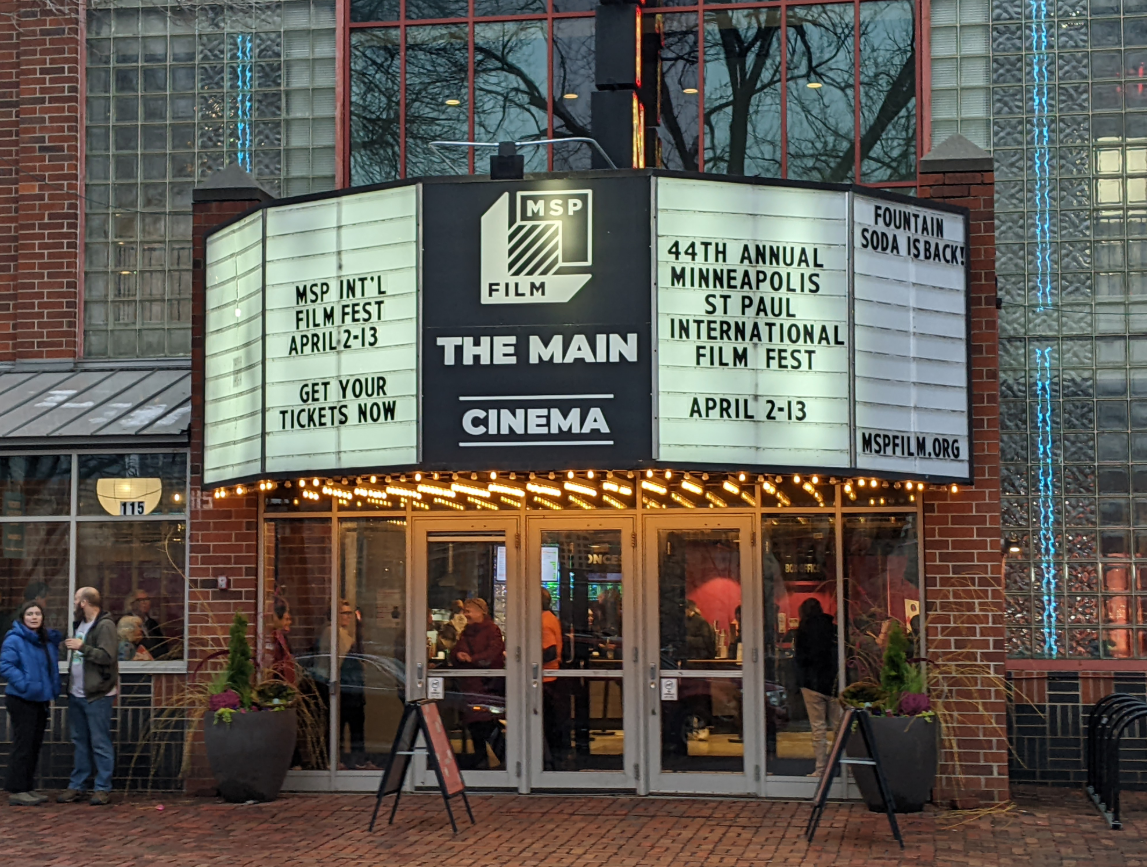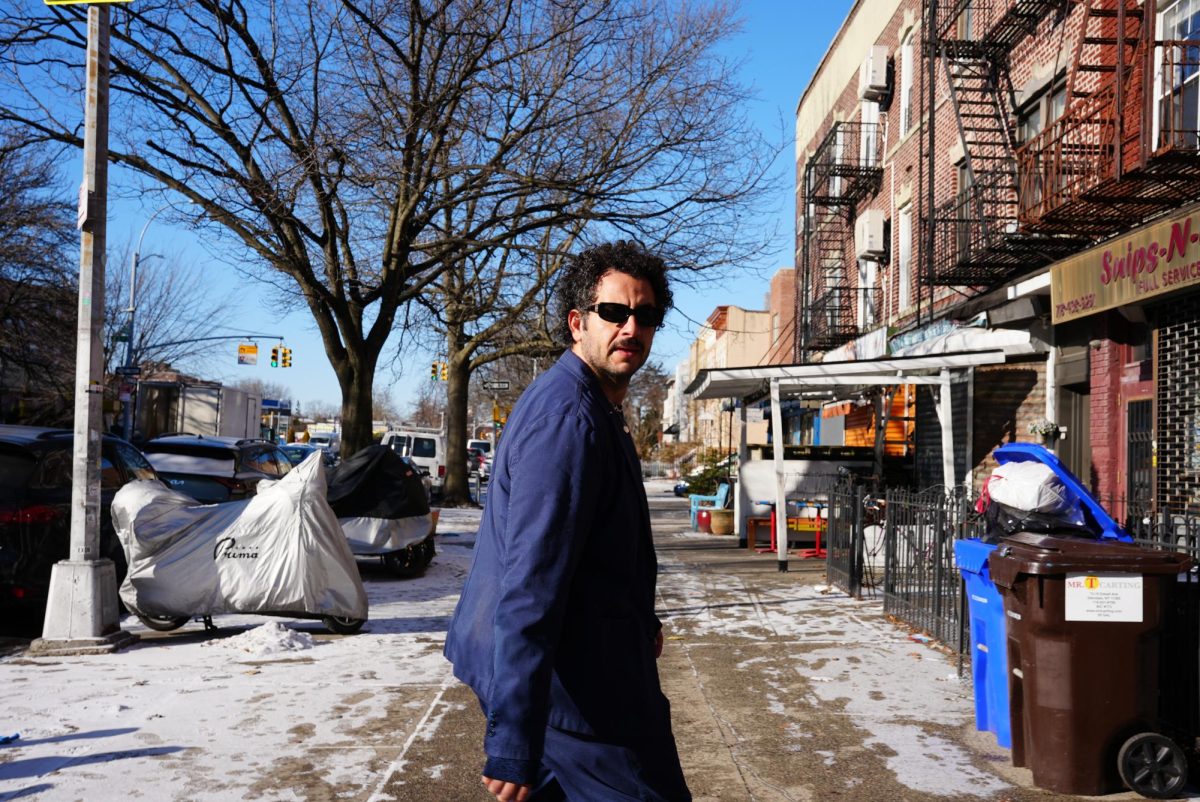The porcelain god is a fetishized poster-boy for modern consumption and excrement. We trust it with our bare
bums. In our globalized insta-cultures, when both flamboyant wealth and extreme poverty are plentiful, the act of relieving oneself is a unifying biological ritual. Everybody poops.
Long gone are the days of going in a pit in the earth or in a nearby bush. Humans have risen out of the primordial ooze to create stunning, sophisticated lavatories, capable of properly disposing of all our colonic concoctions and providing ample soft lighting under which to powder our noses.
For the multitudes of modern urban dwellers, the public restroom has become more than just a space for managing all things fecal, urinous or cosmetic. They’ve unwittingly become fascinating architectural and cultural footprints.
So thought Rebecca Noran as she was deciding a theme for her College of Design Master of Fine Arts creative thesis in 2003 at the University.
Nolan began to brainstorm her favorite places around the Twin Cities and realized one of the few connecting themes within these places was the bathrooms.
She spent the next three years peeping potties of interest – from the prison-issue toilets of The Gay 90’s to the elegant ladies’ powder lounge in the Riverview Theater. She studied the specific cultural, historical and aesthetic anatomies of more than 80 area loos and endured an array of aromatic sensibilities.
Her findings culminate in a current exhibition at the Hennepin History Museum in Minneapolis.
“My goal was to present an experience, a field trip of bathrooms. I’m celebrating these places,” Noran said.
The exhibition contains photos of more than 50 area pit stops, as well as cultural and historical cross-sections of the places to which they cater. A lavender toilet and its sea-foam green urinal counterpart taken from the original 1921 lower level of the State Theater make a cameo appearance.
The dilapidated bathrooms of First Avenue nightclub are also featured in the exhibition. Many people and similar entities have drifted in and out of the lavatories, leaving tales of possible bathroom hauntings in their wake.
Between off-the-cuff architectural riffraff and fancy hot spots, these places not only serve as our beloved, unconventional respites, but they’ve also captured an aesthetic unique to their time and place.
Whether a popular local
loo presents itself as slimy, grimy or shiny, you can bet your (digested) lunch that it’s featured in Noran’s colorful exhibition.
“Places to Go” is more than just a hypothetical sour sting to the nostrils. It boldly honors a place where the most corporeal, the most disgusting of our human practices manifest themselves. In the public restroom, the quirks of modernity negotiate with the acts that still situate us among beasts.
As much as we hide, sanitize and partition away those aspects of our humanness, we still conduct a secret love affair with all things related to our own stenches. No place illustrates our infatuation with the cultural economies of human waste more than the enshrined public restroom.







